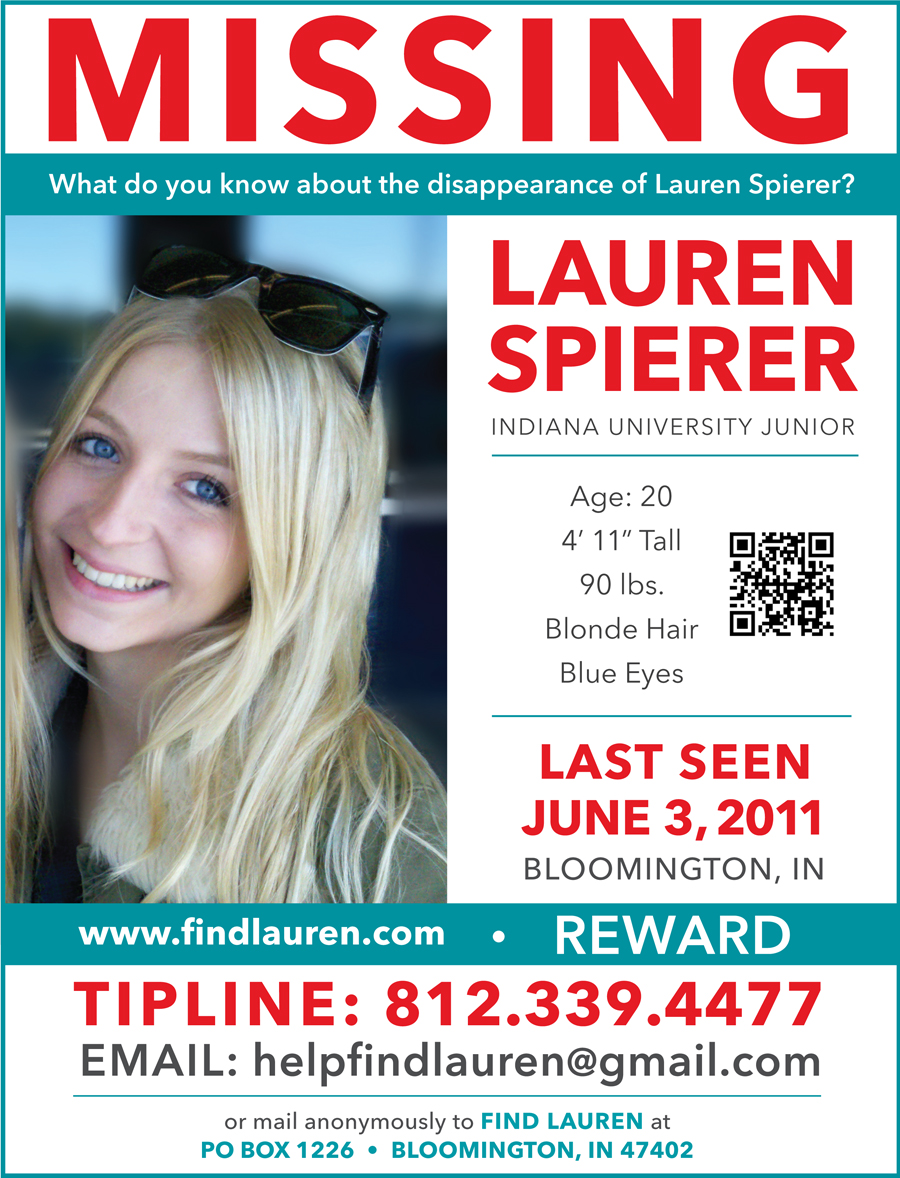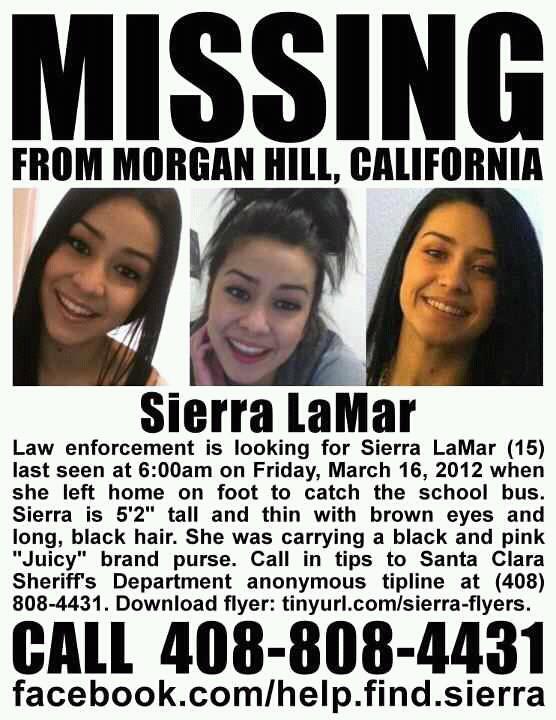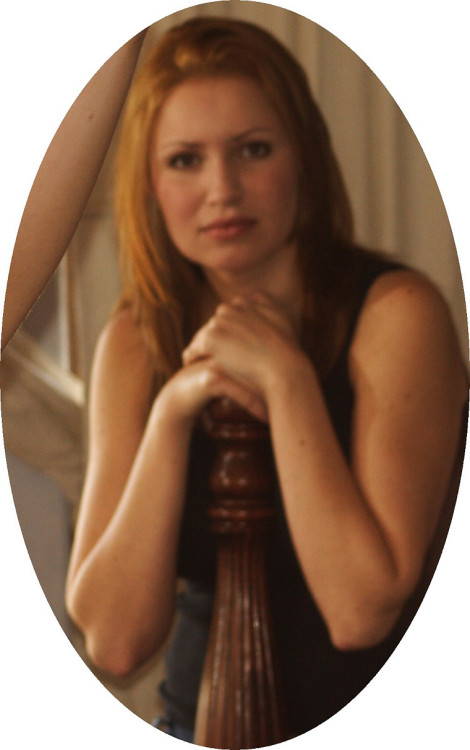One year to the date
 Thursday, December 3, 2009 at 8:57PM
Thursday, December 3, 2009 at 8:57PM On December 11, 2008, the bones of Caylee Marie Anthony were discovered in a wooded area on the south side of Suburban Drive, in Orlando. Precisely one year later, her mother will be fighting for her own life in front of Orange County Circuit Court Judge Stan Strickland, when her defense attorneys argue that the state was wrong for seeking the death penalty.
 In their motion filed in September, Casey Anthony’s lawyers claimed that state prosecutors do not have a legitimate interest or enough aggravating circumstances to recommend a penalty of death against her. This is an interesting motion because the brunt of evidence is circumstantial. However, it’s hardly precedent setting. There have been many cases where defendants have been convicted and subsequently executed based on nothing more than circumstantial evidence. Think of “Bruno” Richard Hauptmann, executed in 1936 for the kidnapping and death of the son of famed aviator Charles Lindbergh. Hauptmann’s trial took place in Flemington, New Jersey, my hometown. Called “The Crime of the Century,” I have studied the case extensively. Perhaps, it’s the reason why I have such a keen interest in what will probably be dubbed “The Crime of the 21st Century,” transpiring before me in my adopted hometown of Orlando.
In their motion filed in September, Casey Anthony’s lawyers claimed that state prosecutors do not have a legitimate interest or enough aggravating circumstances to recommend a penalty of death against her. This is an interesting motion because the brunt of evidence is circumstantial. However, it’s hardly precedent setting. There have been many cases where defendants have been convicted and subsequently executed based on nothing more than circumstantial evidence. Think of “Bruno” Richard Hauptmann, executed in 1936 for the kidnapping and death of the son of famed aviator Charles Lindbergh. Hauptmann’s trial took place in Flemington, New Jersey, my hometown. Called “The Crime of the Century,” I have studied the case extensively. Perhaps, it’s the reason why I have such a keen interest in what will probably be dubbed “The Crime of the 21st Century,” transpiring before me in my adopted hometown of Orlando.
Two other motions will be heard that day and they pertain to recording videos made of Casey at the Orange County Jail. Her defense wants the judge to prohibit officials from recording her visits with them. Jail spokesman Allen Moore said that these types of recordings are routine and they follow corrections policies. They are for the protection of the inmates and their attorneys.
“Our recording system in that part of the jail does not have the ability to record audio,” Moore said. “We have followed jail policies and rules very carefully and directly and we intend to continue do so. We will attempt to accommodate Mr. Baez, but never outside of jail policy.”
The visits between attorney Jose Baez and Casey are usually held in a classroom that is always digitally videotaped without audio.
In the other jail related motion, Baez asked the court to “destroy any and all video or audio tapes or reports or other records in its possession memorializing meetings between Miss Anthony and her attorneys.”
Please don’t squeeze the inmate
Sometimes, a corrections officer is stationed outside the classroom or in one of the monitoring rooms where jail personnel can only watch the meetings and this is standard procedure for all inmates. Normally, no reports are ever filed. However, in October, 2008, personnel warned Baez that he was not allowed to touch his clients after officers saw him hugging Casey. Moore said that jail policy forbids any kind of touching between visitors and inmates.
Also, if you recall, a video was shot last year on the day her daughter’s remains were found. Corrections Officer, Lt. Tammy Unger, told OCSO detectives that Casey began to breathe rapidly, her hands became sweaty and red blotches appeared on her neck after hearing the news on TV. She also requested a sedative. Her defense team didn’t want the video to be released to the media. Although it contained no audio, they argued successfully that it could be misleading and it violated her right to medical privacy. Judge Strickland concurred and he sealed the video in June.
I will attempt to go to this hearing. If I do, you will read a first-hand account of my experience.












 LEGAL NOTICE
©David B. Knechel. All Rights Reserved. No portion of this site can be reproduced in it's entirety or in part without expressed written permission by the owner/administrator of this site in accordance with the Digital Millennium Copyright Act. Section 512(c)(3) of the U.S. Copyright Act, 17 U.S.C. §512(c)(3). The charges against defendants are mere accusations and the subjects are presumed innocent until found guilty in a court of law.
LEGAL NOTICE
©David B. Knechel. All Rights Reserved. No portion of this site can be reproduced in it's entirety or in part without expressed written permission by the owner/administrator of this site in accordance with the Digital Millennium Copyright Act. Section 512(c)(3) of the U.S. Copyright Act, 17 U.S.C. §512(c)(3). The charges against defendants are mere accusations and the subjects are presumed innocent until found guilty in a court of law.
Reader Comments (1)
Interesting! Definitely makes you wonder why he wanted no video of his meetings with CA in the jail. (I'm raising my eyebrows here).